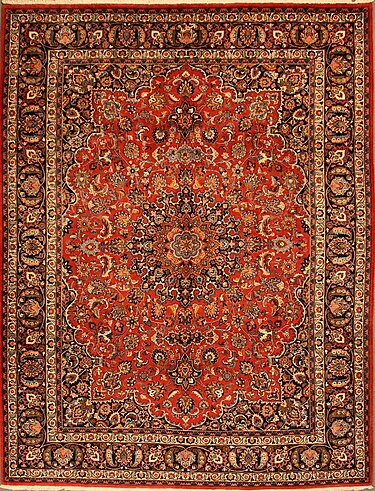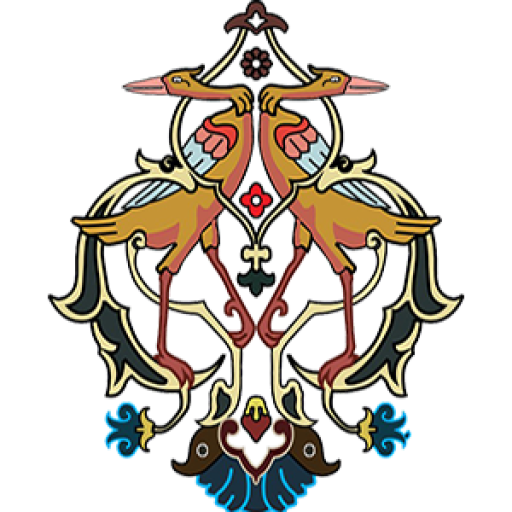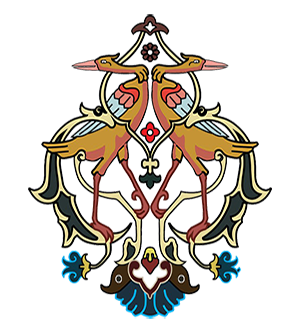History of Hamadan Carpets
Hamadan, one of the oldest cities in Iran, has a long history of carpet weaving. The carpet industry in this province has grown steadily throughout history, and Hamadan has always been one of the major centers of carpet production in Iran.
The carpets of Hamadan were highly regarded during various historical periods in Iran, including the Sassanid, Safavid, and Qajar dynasties. During the Safavid period, particularly under Shah Abbas I, Hamadan became a major commercial hub. At this time, Hamadan carpets, as luxury and export items, were shipped to many European, Central Asian, and Russian markets.
The reputation of Hamadan carpets can be attributed to their high quality, the use of fine raw materials such as wool and silk, and their distinctive designs, which continue to be a hallmark of the region’s craftsmanship.






